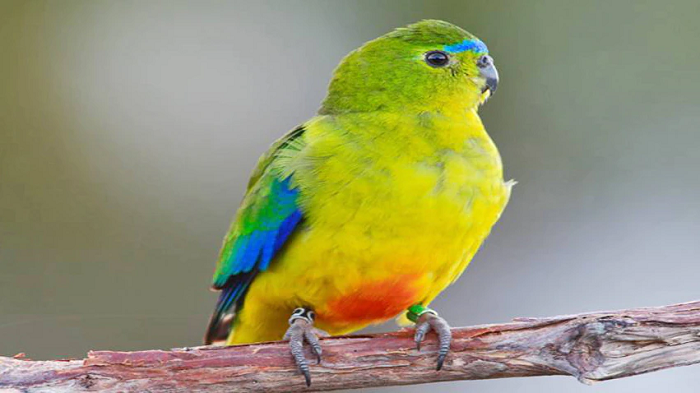Life in captivity hindered birds’ chances of surviving migratory flights, a new research has found.

In a study published on Friday, March 17, 2023, researchers from Australian National University (ANU) have shown that changes in wing shape among birds bred in captivity have a significant impact on their survival in the wild.
The orange-bellied parrot is a critically endangered native species that is the subject of one of the largest breeding programmes of any Australian species.
Captive-bred juveniles with altered wing shapes had a migration survival rate of 2.7 times lower than those with an ideal wing.
A previous study published by ANU in November revealed that animals bred in captivity developed physical and behavioural changes.
The new research found direct evidence for the first time that the altered wing shapes of orange-bellied parrots lower migration success.
It also found evidence of altered wing shapes in four other captive bird species.
Dejan Stojanovic, the author of the study from the ANU College of Science, said the findings could have widespread implications for breeding programmes.
“This is likely only the tip of an iceberg of subtle physical changes to the bodies of captive-bred animals that, although easily overlooked, have a big impact after release.
“We should be aware of this and find ways to mitigate the effects of captivity if we want to give our breeding programmes the best chance of supporting wild populations,’’ he said in a media release.
This could become especially important as the global extinction crisis forces more species into captive breeding programmes, he said.
